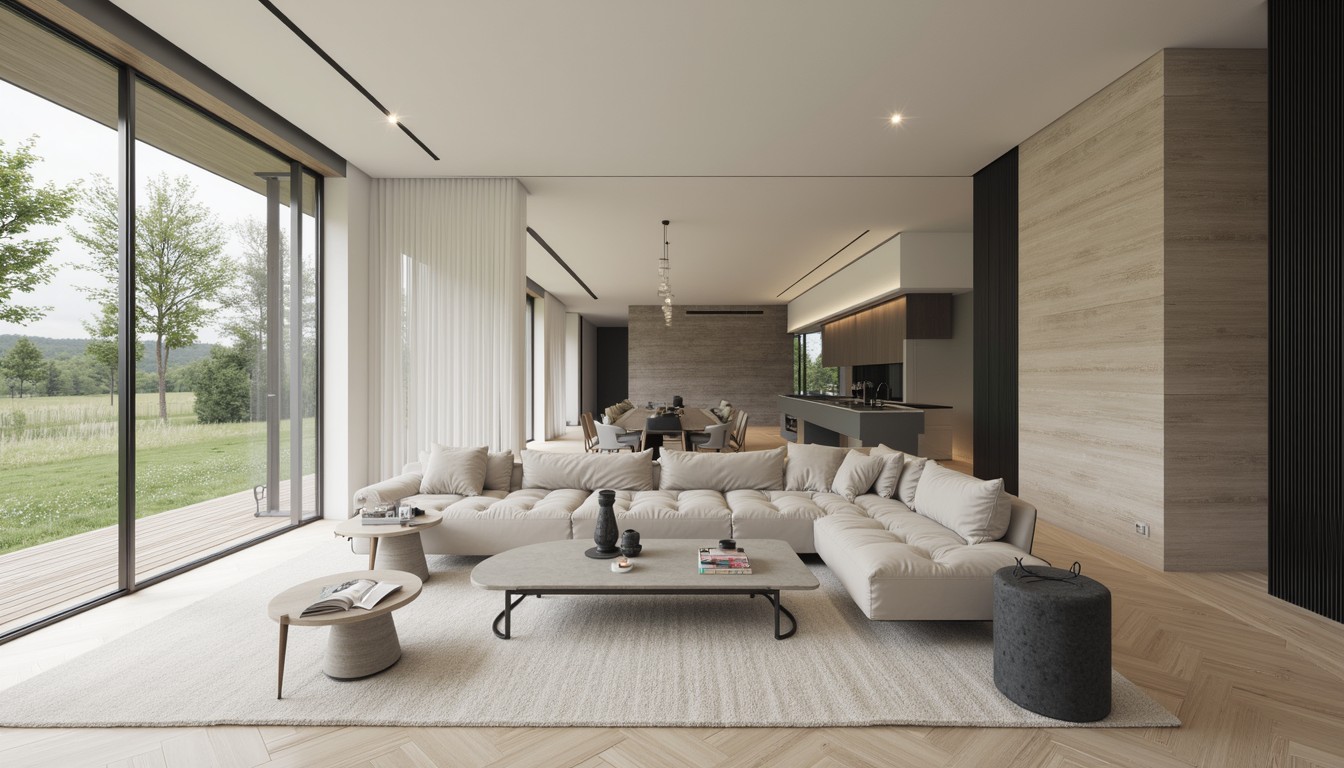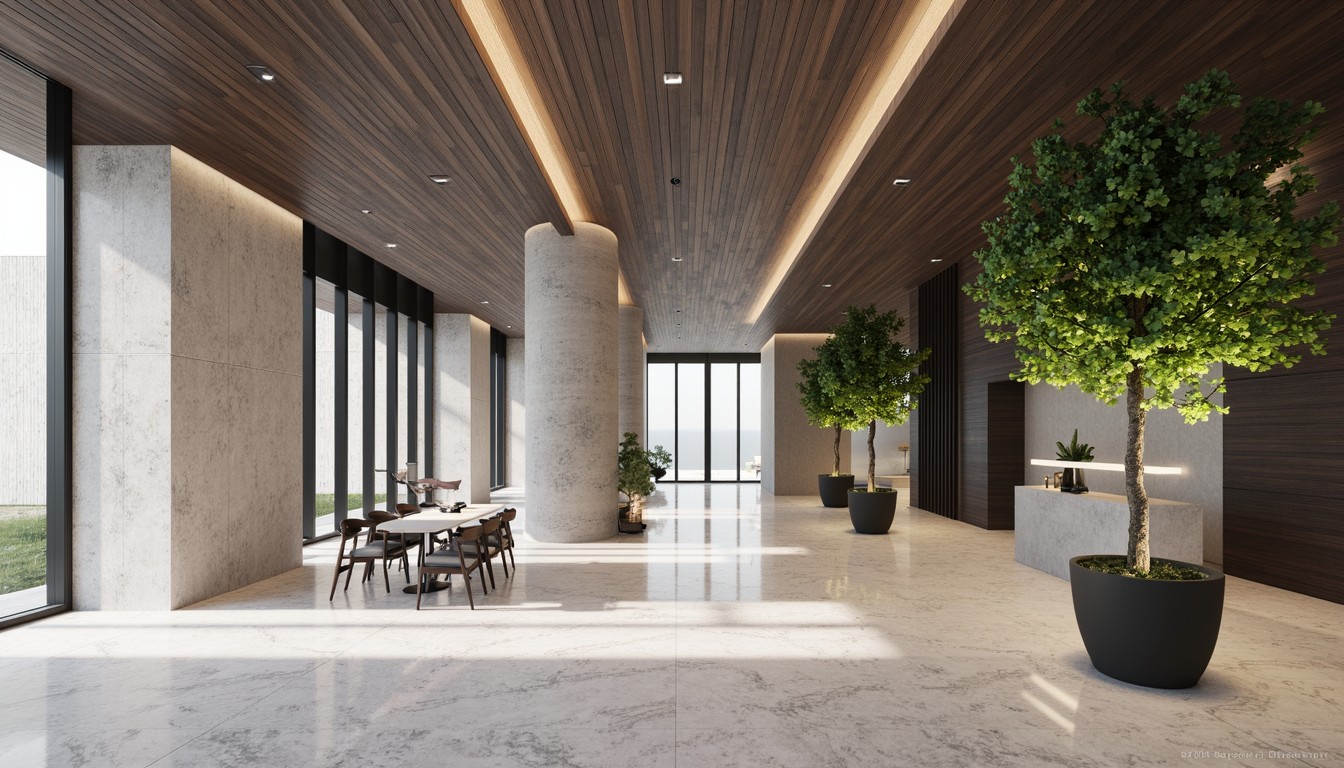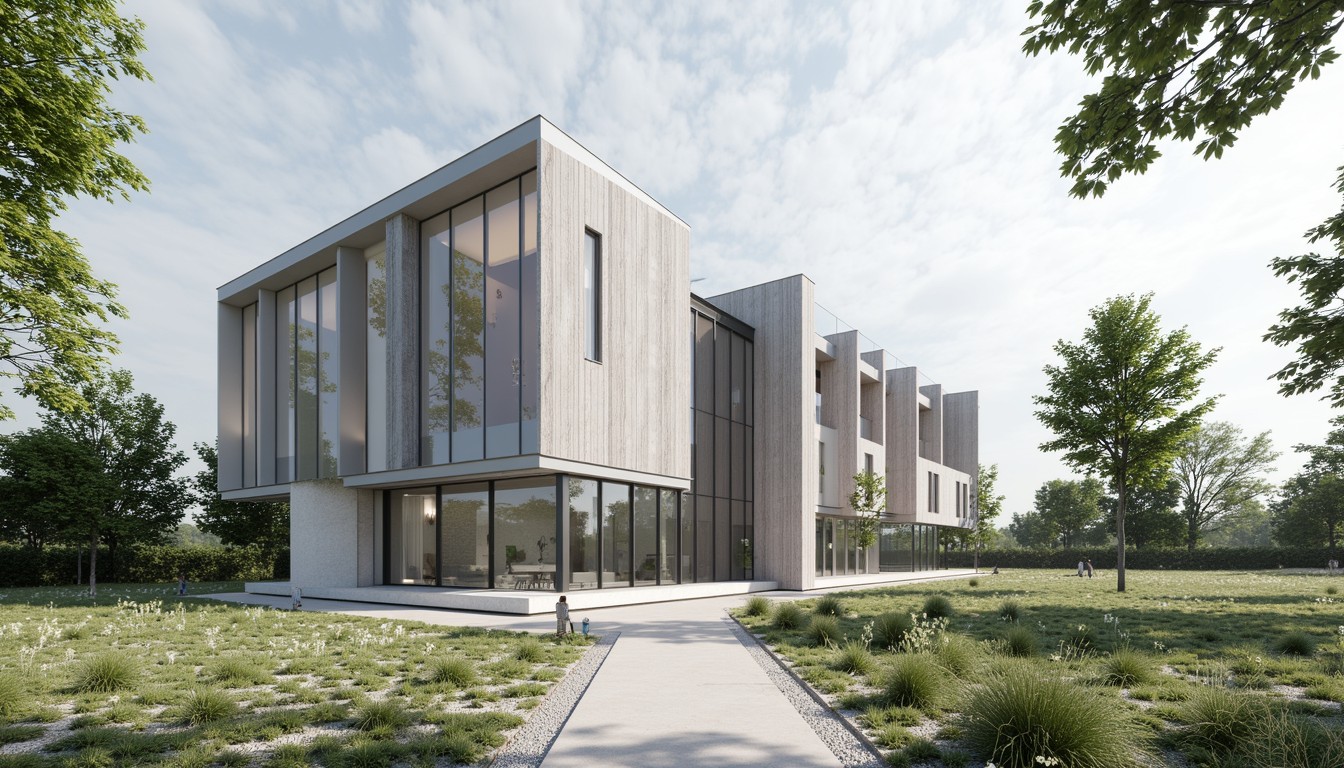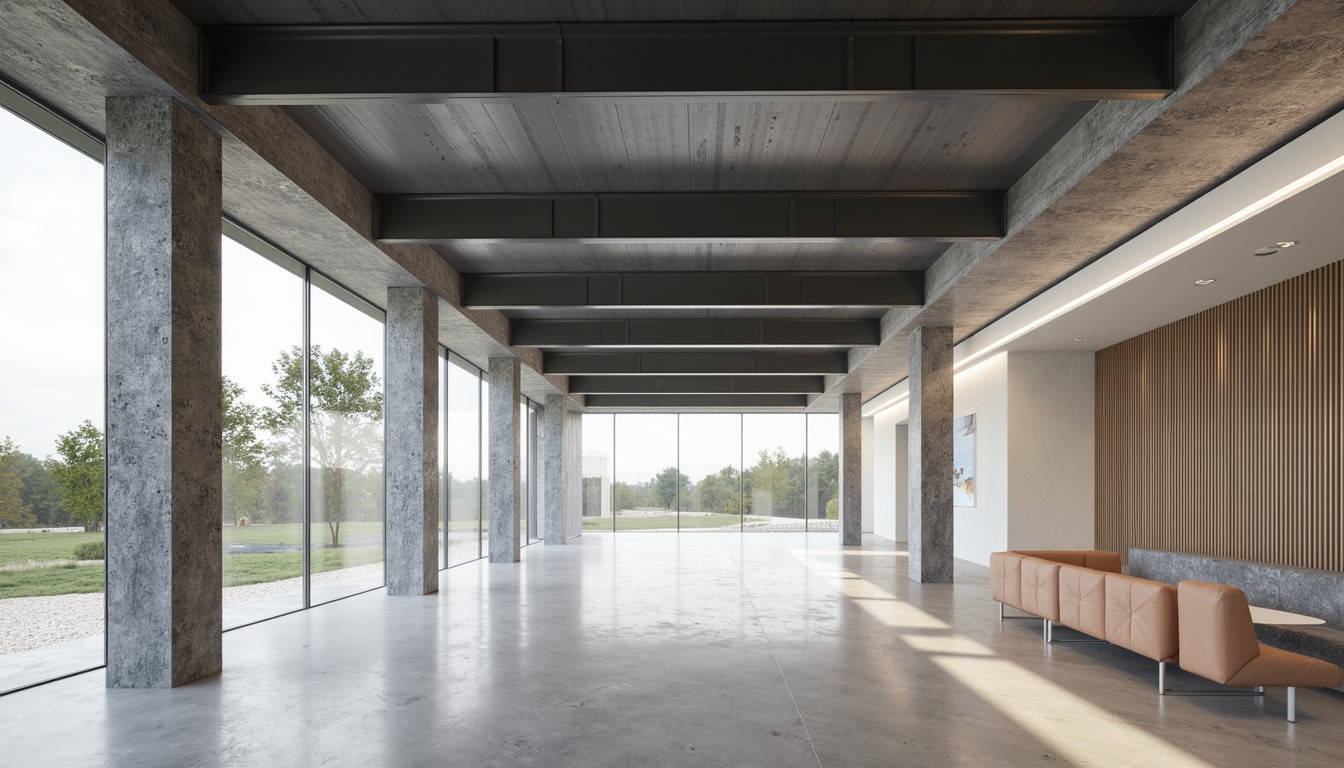Sustainable Architecture: Green Building Technologies & Visualizations
The built environment contributes significantly to global carbon emissions. As architects and designers, we have a responsibility to embrace sustainable practices and minimize our environmental impact. This involves incorporating cutting-edge green building technologies into every stage of the design process. ArchNav understands this responsibility and utilizes state-of-the-art visualization techniques to showcase the beauty and efficiency of sustainable architecture.
Passive Design Strategies: The Foundation of Green Building

Before diving into advanced technologies, it's crucial to understand the importance of passive design strategies. These strategies focus on harnessing natural resources to minimize energy consumption. Examples include:
- Orientation and Shading: Optimizing building orientation to maximize solar gain in winter and minimize it in summer, often through the strategic placement of trees, overhangs, and shading devices.
- Natural Ventilation: Designing buildings to utilize natural airflow to reduce reliance on mechanical systems. This often involves strategically placed windows, vents, and atria.
- Thermal Mass: Utilizing materials with high thermal mass (like concrete or brick) to absorb and release heat slowly, moderating temperature fluctuations throughout the day.
- Insulation and Air Sealing: Implementing high-performance insulation and airtight construction to minimize heat loss or gain, significantly reducing energy consumption for heating and cooling.
Active Green Building Technologies: Enhancing Efficiency

While passive design lays the groundwork, active technologies further enhance a building's sustainability. These technologies actively generate or manage energy and resources:
Renewable Energy Sources:
- Photovoltaic (PV) Panels: Solar panels convert sunlight directly into electricity, providing a renewable energy source for lighting, appliances, and even charging electric vehicles. ArchNav's visualizations can showcase the seamless integration of PV panels into building designs.
- Solar Thermal Collectors: These systems capture solar energy to heat water, reducing reliance on fossil fuel-based water heaters. Our visualizations can highlight the efficient placement and aesthetic integration of these systems.
- Wind Turbines: In appropriate locations, small-scale wind turbines can generate renewable electricity. ArchNav can create compelling visuals demonstrating the integration of these turbines without compromising the building's aesthetic appeal.
- Geothermal Energy: Utilizing the earth's constant temperature to provide heating and cooling. Ground source heat pumps are highly efficient and offer significant energy savings.
Water Conservation and Management:
- Rainwater Harvesting: Collecting rainwater for non-potable uses like irrigation and toilet flushing. ArchNav can visualize the integration of rainwater harvesting systems within the building's landscape design.
- Greywater Recycling: Reusing wastewater from showers and sinks for irrigation, reducing potable water consumption. Our visualizations can illustrate the efficient and discreet placement of greywater recycling systems.
- Low-Flow Fixtures: Implementing water-efficient faucets, showerheads, and toilets to significantly reduce water usage.
Smart Building Technologies:
- Building Management Systems (BMS): These systems monitor and control various building functions, optimizing energy use and improving occupant comfort. ArchNav can visualize data flows and control interfaces within the BMS, illustrating their seamless integration into the building's overall design.
- Smart Lighting Systems: Utilizing sensors and automation to optimize lighting levels based on occupancy and daylight availability.
Material Selection: Embodied Carbon and Sustainable Sourcing
The materials used in construction have a significant impact on a building's environmental footprint. Sustainable architecture emphasizes the use of:
- Recycled and Reclaimed Materials: Reducing demand for virgin materials and minimizing waste.
- Locally Sourced Materials: Reducing transportation emissions and supporting local economies.
- Bio-based Materials: Utilizing materials derived from renewable sources, such as bamboo, timber, and straw.
- Low-Embodied Carbon Materials: Choosing materials with a lower carbon footprint throughout their lifecycle.
ArchNav's Role in Visualizing Sustainable Architecture

ArchNav plays a crucial role in the design and communication of sustainable architecture. Our advanced visualization techniques allow architects and clients to:
- Explore design options: Visualizing different sustainable design strategies and technologies to optimize performance and aesthetics.
- Communicate complex ideas: Effectively conveying the benefits of sustainable building practices to stakeholders.
- Showcase innovative solutions: Demonstrating the beauty and efficiency of green building technologies through stunning visuals.
- Gain client buy-in: Increasing client understanding and support for sustainable design choices.
Conclusion
Sustainable architecture is not just a trend; it's a necessity. By embracing passive and active green building technologies, and by making informed material choices, we can create buildings that are both environmentally responsible and aesthetically pleasing. ArchNav is committed to supporting this movement by providing cutting-edge architectural visualization services that showcase the potential of sustainable design. Contact us today to learn how we can help bring your sustainable vision to life.
